Scientists at University of California, San Diego, USA, led by Joseph Wang, have put together a multisegment nanomotor that contains components responsive to magnetic and to chemical stimuli.
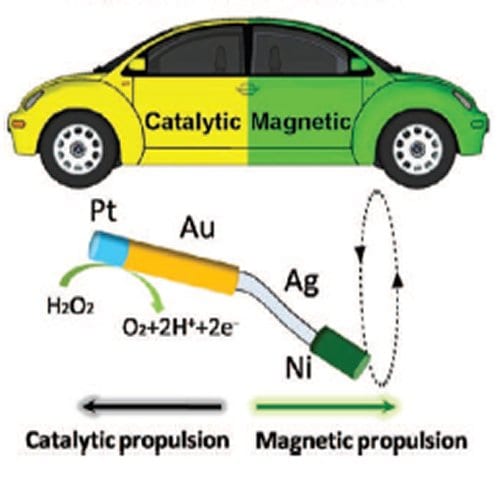

Scientists at University of California, San Diego, USA, led by Joseph Wang, have put together a multisegment nanomotor that contains components responsive to magnetic and to chemical stimuli.

Ring-shaped arrays of DNA by using a simple self-assembly process driven by a balance of different forces, by scientists in the USA and S. Korea.
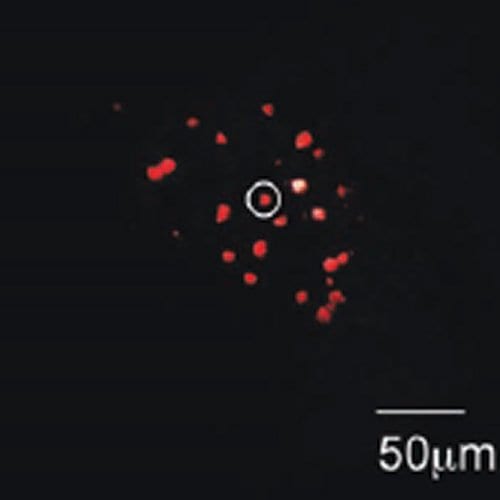
Russian scientists have made nanodiamonds with a higher concentration of nitrogen vacancy centers, with a better efficiency than was previously possible.
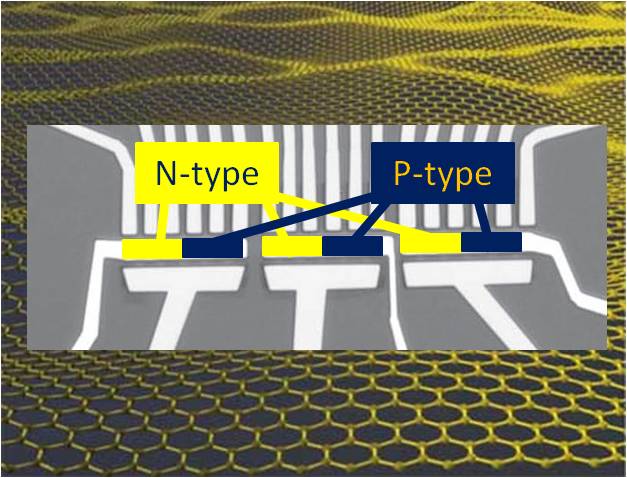
Self-adaptive complementary-like architectures are adopted in graphene-based transistors as a means to create low power, high gain logic gates.
Carbon nanotubes have the potential to unlock effective treatments for that most delicate of systems – the mammalian central nervous system. But conflicting studies and reports on potential toxicity underline the need for careful, standardized, and thorough research protocols.
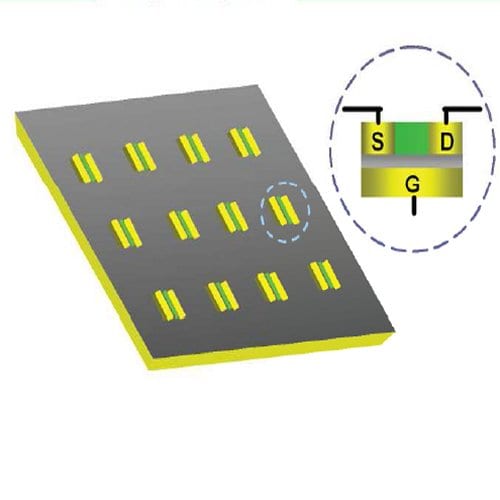
Surface patterning using conjugated polymers is set to take off, according to a review by Chinese scientists.
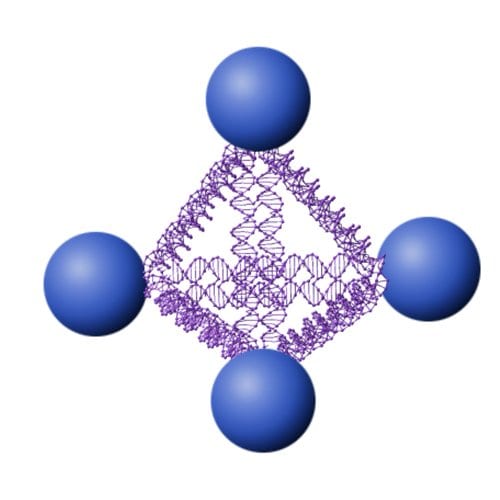
Tetrahedral constructs of DNA are a new way to support proteins on functional nanostructures, according to work by U.S. scientists.
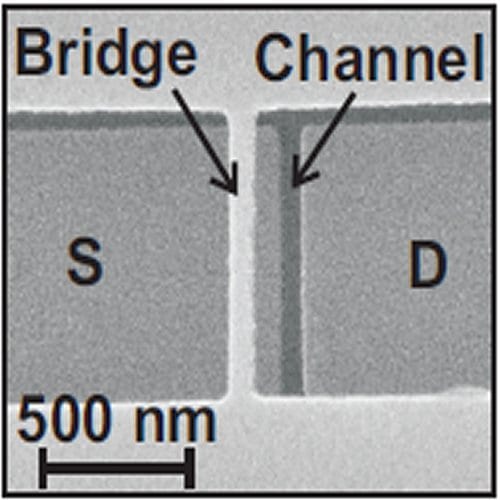
Very small organic thin-film transistors with high operating frequencies have been produced by Japanese and German scientists.

Korean researchers make a tiny switch from carbon nanotubes.
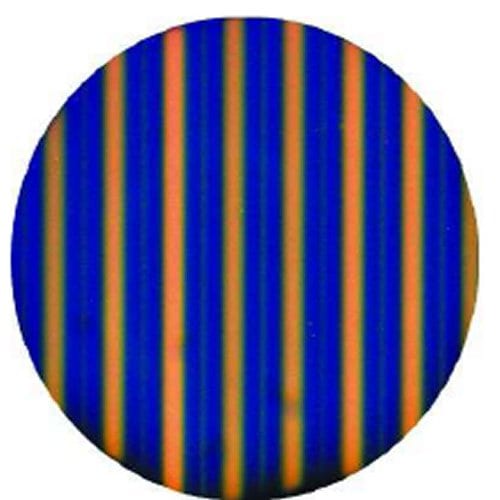
Two dyes give three colors on a hierarchically patterned surface, in work by German and Chinese scientists.